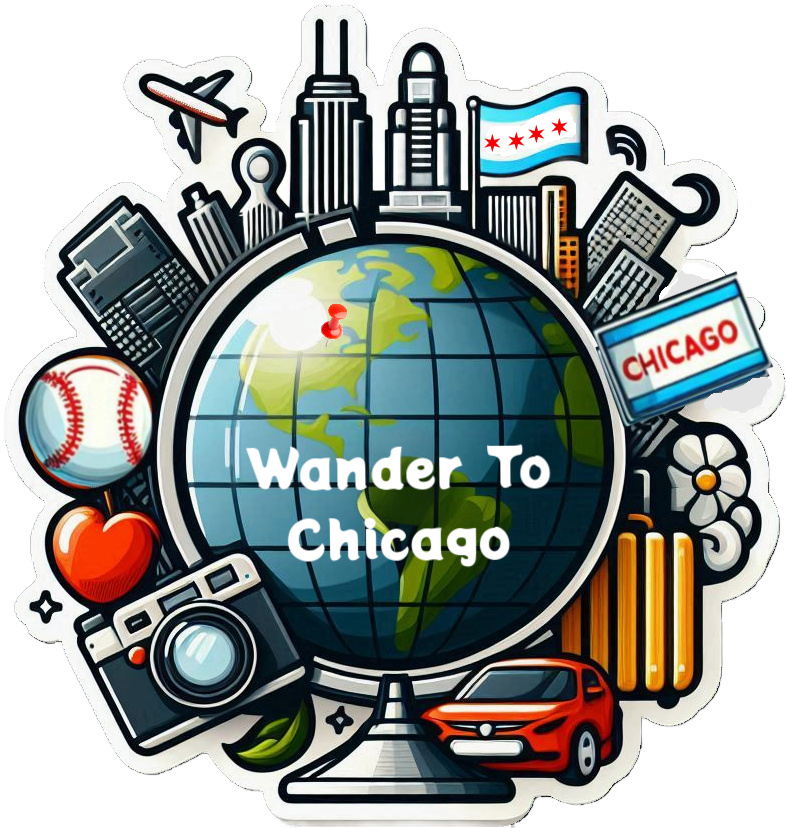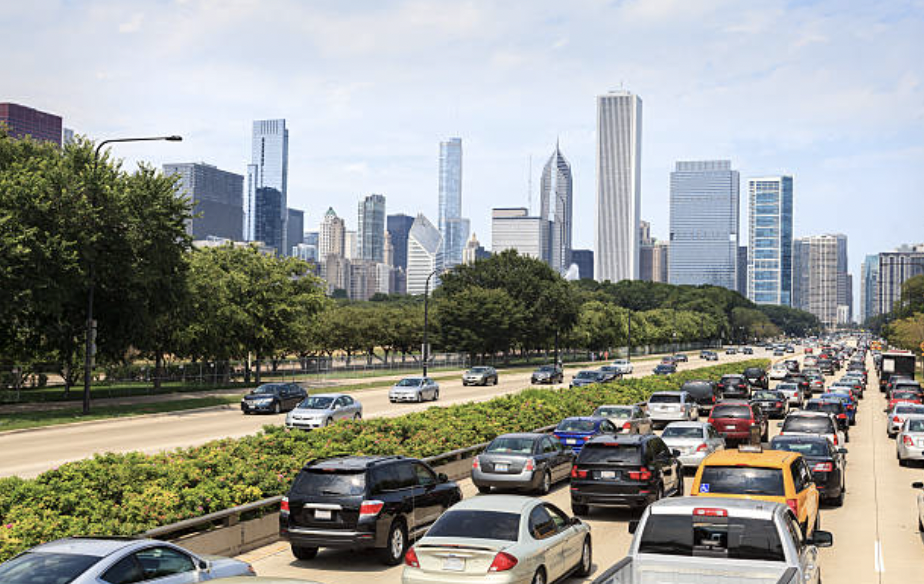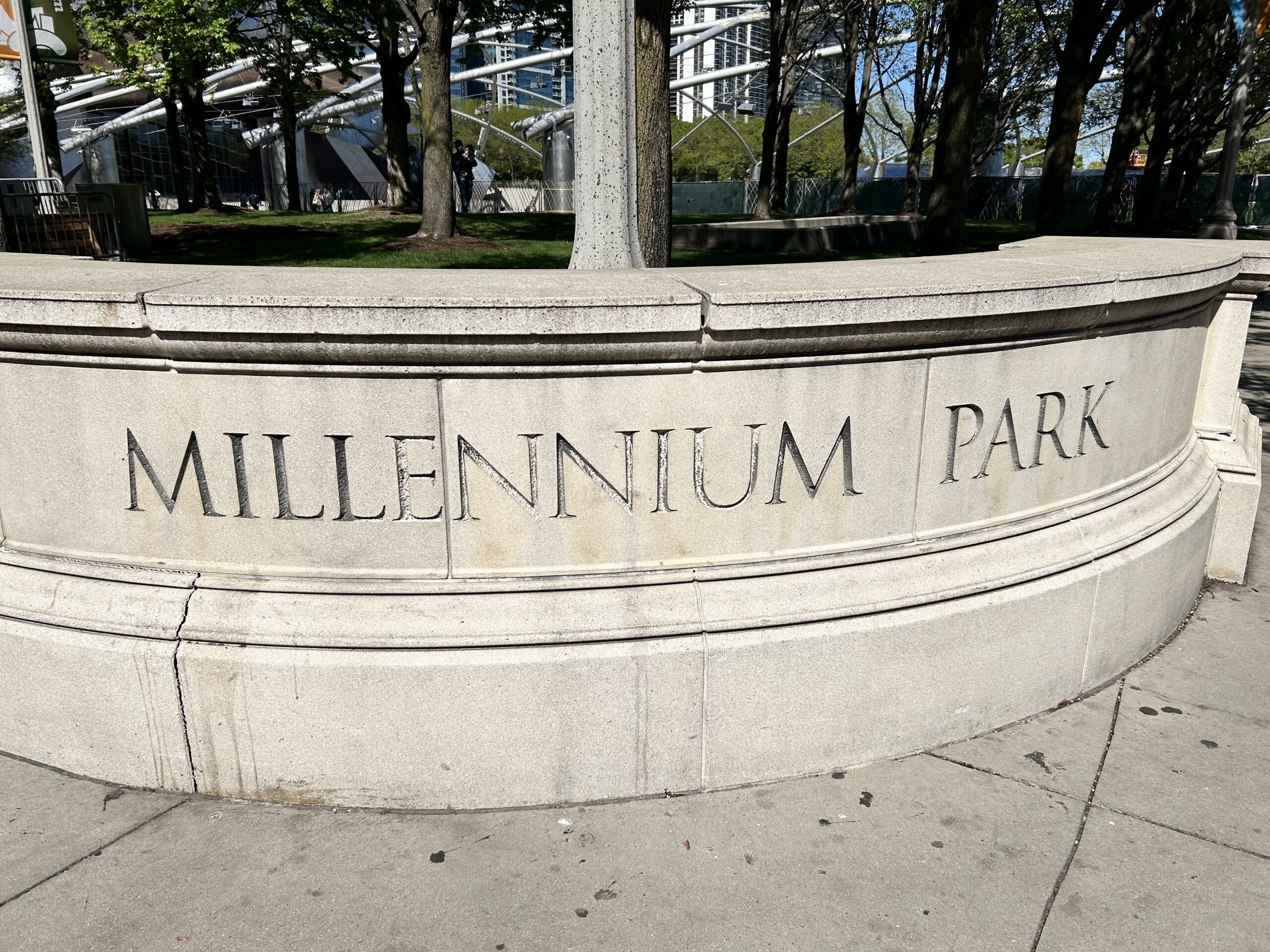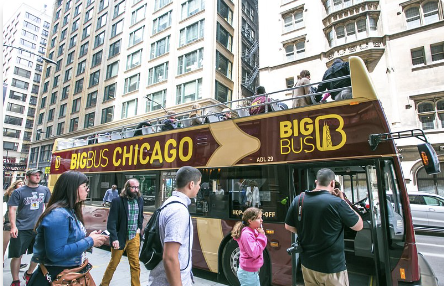Chicago, the third-largest city in the U.S., is a major transportation hub that welcomes millions of visitors each year. Whether you’re flying into the city or driving in, knowing what to expect can help make your arrival smooth and hassle-free. Here’s a complete guide on getting to Chicago by plane or car and what to keep in mind once you arrive.
Arriving in Chicago by Plane
Chicago is home to two major airports: O’Hare International Airport (ORD) and Midway International Airport (MDW). Both airports offer domestic and international flights, making the city easily accessible from nearly anywhere in the world.
O’Hare International Airport (ORD)
O’Hare, located about 17 miles northwest of downtown, is one of the busiest airports in the world. It serves as a major hub for both domestic and international flights.
- Transportation from O’Hare to Downtown:
- CTA Blue Line Train: The most affordable option, running 24/7, taking about 45 minutes to downtown.
- Taxis: Available outside baggage claim; a ride downtown costs around $40–$60 depending on traffic and is metered.
- Rideshares: Available outside terminal 2 only so you have to walk there if you arrive in terminals 1 or 3 and take the airport transit train there if you land at the international terminal (terminal 5). Lots of people feel that rideshare is cheaper. That is probably the case during rush hour but otherwise, a taxi may be faster and less $.
- Airport Shuttles & Private Cars: Many hotels offer shuttle services, and private car hires are also available.
- Car Rentals: Major rental companies operate at O’Hare, but driving into the city can be challenging due to traffic. There is a rentak car center at O’Hare. You can get there by taking the airport transit train. The stop is clearly announced on the train.
Midway International Airport (MDW)
Midway, located 10 miles southwest of downtown, is a smaller airport primarily serving domestic flights, including many from low-cost carriers.
- Transportation from Midway to Downtown:
- CTA Orange Line Train: A direct train ride to downtown, taking about 25 minutes.
- Taxis & Rideshares: Similar to O’Hare, taxis cost $30–$50 to downtown. There is only 1 terminal here so rideshare is just as convenient as taking a taxi.
- Car Rentals & Airport Shuttles: Available within the airport for convenient transport.
Airport Tips:
- If arriving during peak hours, allow extra time for baggage claim and ground transportation.
- Chicago’s weather can affect flights, so check for potential delays in winter or during summer storms.
- If you have a long layover, O’Hare has great dining options, an airport hotel, and even an Aeroponic Garden inside Terminal 3. The garden is situated in the rotunda building between Terminals 2 and 3, on the mezzanine level, over the corridor to Concourse G
Arriving in Chicago by Car
Chicago’s location in the Midwest makes it a popular road trip destination, with several major highways leading into the city. However, driving in Chicago comes with challenges like tolls, traffic, and parking considerations.
Major Highways Leading to Chicago
- I-90/I-94 (Kennedy/Dan Ryan Expressway) – From the northwest (Wisconsin) and south (Indiana)
- I-55 (Stevenson Expressway) – From the southwest (St. Louis and beyond)
- I-290 (Eisenhower Expressway) – From the west (Suburbs and beyond)
- I-294 (Tri-State Tollway) – A bypass route to avoid downtown congestion
Traffic Considerations
- Rush hour (7–9 AM & 4–6 PM) can be intense, especially on major expressways leading into downtown.
- If driving into the Loop or River North, be prepared for congestion and expensive parking.
- Chicago’s grid system makes navigation straightforward, but one-way streets and bike lanes require attention.
Parking in Chicago
- Street Parking: Limited downtown. Tips to make parking easier are to use the ParkChicago app to find and pay for metered spots from your phone. Costs are reasonable if you are parking for a few hours. If longer than that then look at parking garages.
- Parking Garages: Can cost $25–$50 per day in prime locations. Tip is to use websites and/or apps like SpotHero and ParkWhiz where you can book in advance and often find rates as much as 50% off. The apps tell you if the garage offers in and out privileges or not.
- Hotels with Parking: Some hotels offer valet or self-parking, but rates can be high.
- Alternative Parking: Consider parking in a neighborhood like West Loop or Lincoln Park and taking public transit downtown.
Toll Roads & Fees
- Many routes into Chicago, like I-90/I-294, require tolls.
- Illinois uses I-PASS or E-ZPass for electronic toll payments, but you can also pay online at the Illinois Toll Authority website if you miss a toll.
Final Thoughts
Whether you’re flying into O’Hare or Midway or driving in from a neighboring state, Chicago is easy to reach with the right planning. While driving offers flexibility, the city’s traffic and parking challenges make public transportation an attractive option once you arrive. No matter how you get here, Chicago’s vibrant neighborhoods, world-class dining, and iconic attractions are well worth the trip!





